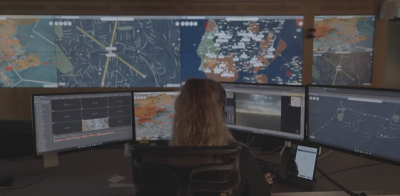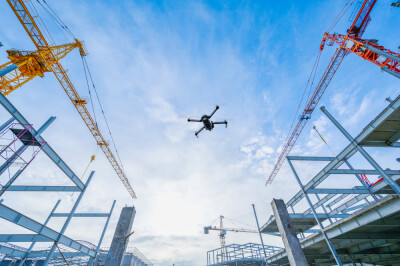Emergency situations require emergency responses, especially when dealing with medical issues and every other circumstance in which lives are at stake. In this sense, health emergencies are similar to aviation emergencies in flight. Pilots are trained to “fly the airplane first” and follow the rule of Aviate–Navigate–Communicate, in that order.
Pilots are forced to do unorthodox things when confronted with an emergency, and doctors do the same when confronted with patients during the triage phase in emergency rooms. In the case of pandemics, such as the one caused by Covid-19, federal agencies might be forced to accelerate vaccine or cure protocols in order to save lives.
The Food and Drug Administration (FDA) is the agency that regulates food and drug issues in the USA, and in the middle of this horrendous pandemic, they have invoked a rare, but useful tool in their arsenal known as Fast Track, Breakthrough Therapy, Accelerated Approval and Priority Review. Through this helpful strategy, the FDA is allowing private companies, government entities and universities to submit new and unproven treatments to combat the Covid-19 epidemic. The approach allows the scientists at the FDA to examine and analyze the new drugs or treatments in an expedited manner and, if successful, to fast track production and distribution—once again, emergency situations call for emergency measures.
The question I have is, is it possible to replicate what the FDA is doing with the Federal Aviation Administration (FAA) in terms of adding delivery drones to the National Airspace? Think about it, the skies are as empty as they will be for a while. In a report dated April 20, 2020 the Transportation Security Administration (TSA) reported that commercial travel in the USA is down a whooping 96% and the National Business Aviation Association (NBAA) reported last week that executive travel is down 71%. The skies are clear, so, what are we waiting for?
The case has been made that the fight against the pandemic benefits from unmanned deliveries. The “roads” are as empty as they will be for a while, most people are at home and are looking for alternatives to venturing out and potentially exposing themselves or their families to COVID-19. The technologies are here and are already being tested and proven thanks to the UAS IPP program set up by the FAA. In fact, the eight companies selected by the FAA to develop Remote ID technology requirements have already embarked in package-delivery strategies….Shall I continue?
This is the perfect time for an “accelerated approval process” for unmanned aerial vehicle (UAV) delivery. UPS has had a Drone-equipped truck since 2017 that can deliver a 10 lb. package autonomously, while the driver delivers a second package the old fashion way. This in effect doubles the efficiency of the truck and the driver and is environmentally friendly. Amazon has distribution centers throughout the USA ready to deliver online orders to households that are within 20 miles using UAVs.
It seems that all we need is testing, testing, testing…Sound familiar?
I’m sure that the FAA can get together with these companies and certain urban municipalities around the USA and launch an aggressive campaign to test if these UAVs can deliver packages autonomously and safely in an environment with low density in the sky and on the ground. If we waste this unique opportunity to have empty streets and empty skies, we will be doing a disservice to a valuable industry in general and society in particular.















Comments